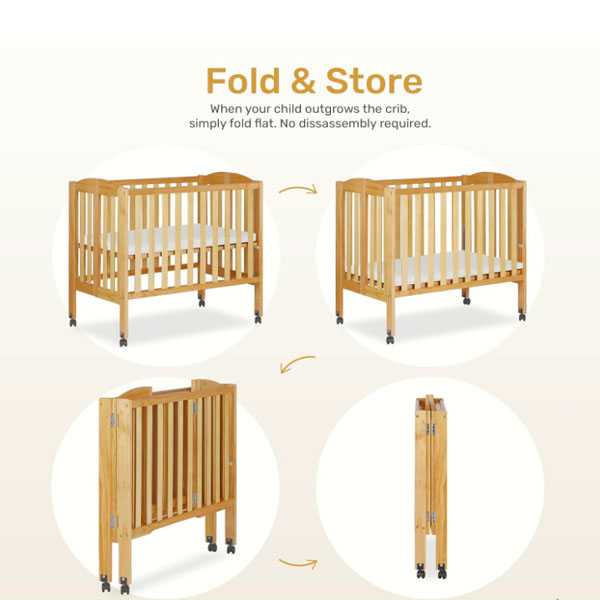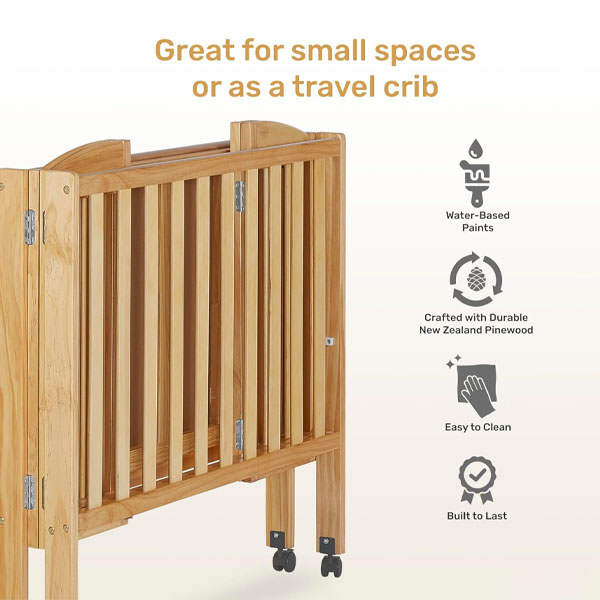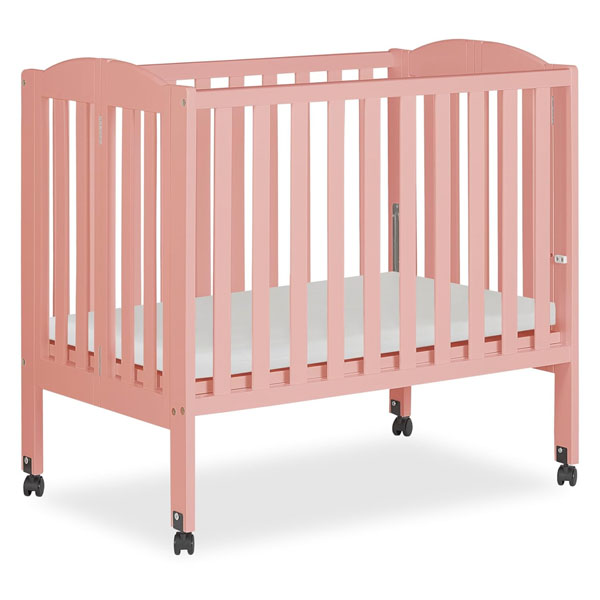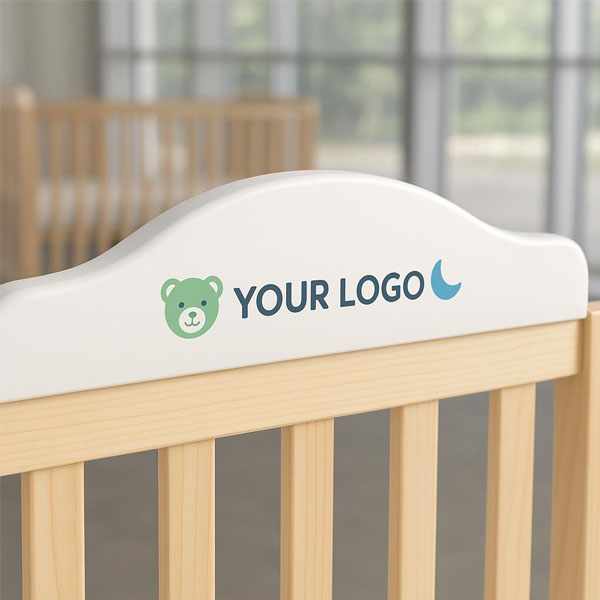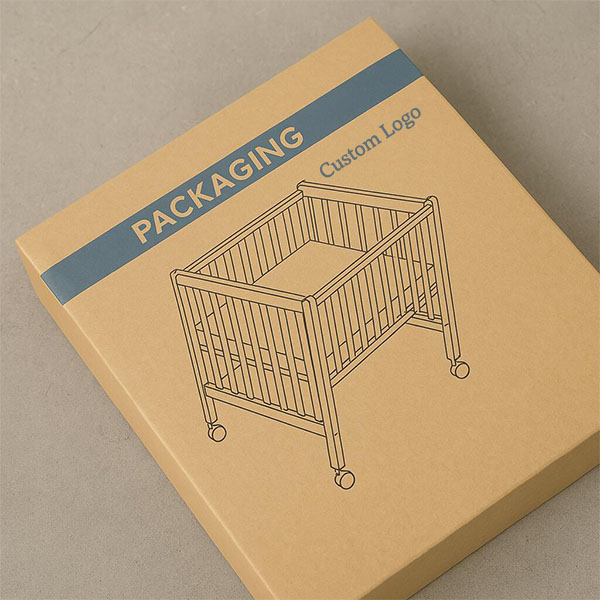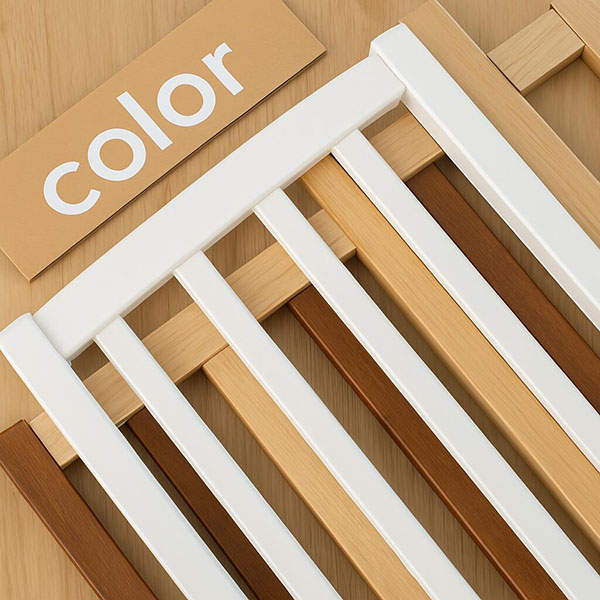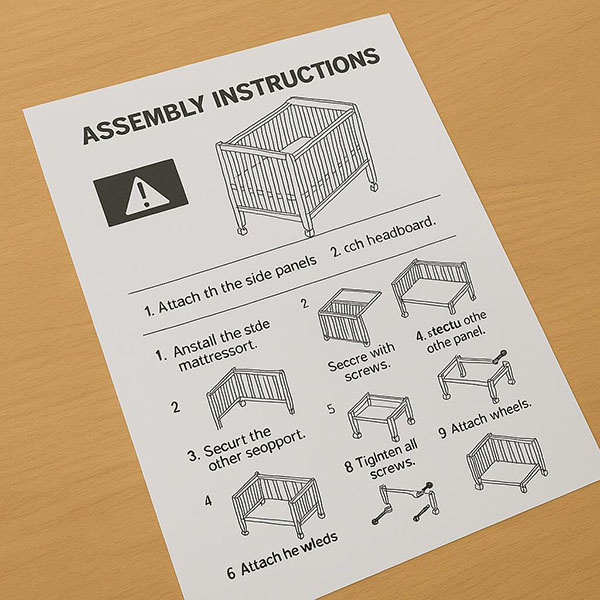Moses Basket vs. Bassinet – What’s the Difference?
You’ve narrowed down your newborn sleep options, but now you’re stuck between two very similar choices: the Moses basket and the bassinet. Which one is better?
The main difference is that Moses baskets are portable and usually made of woven material, while bassinets are larger, often on a stand, and built for slightly longer use.
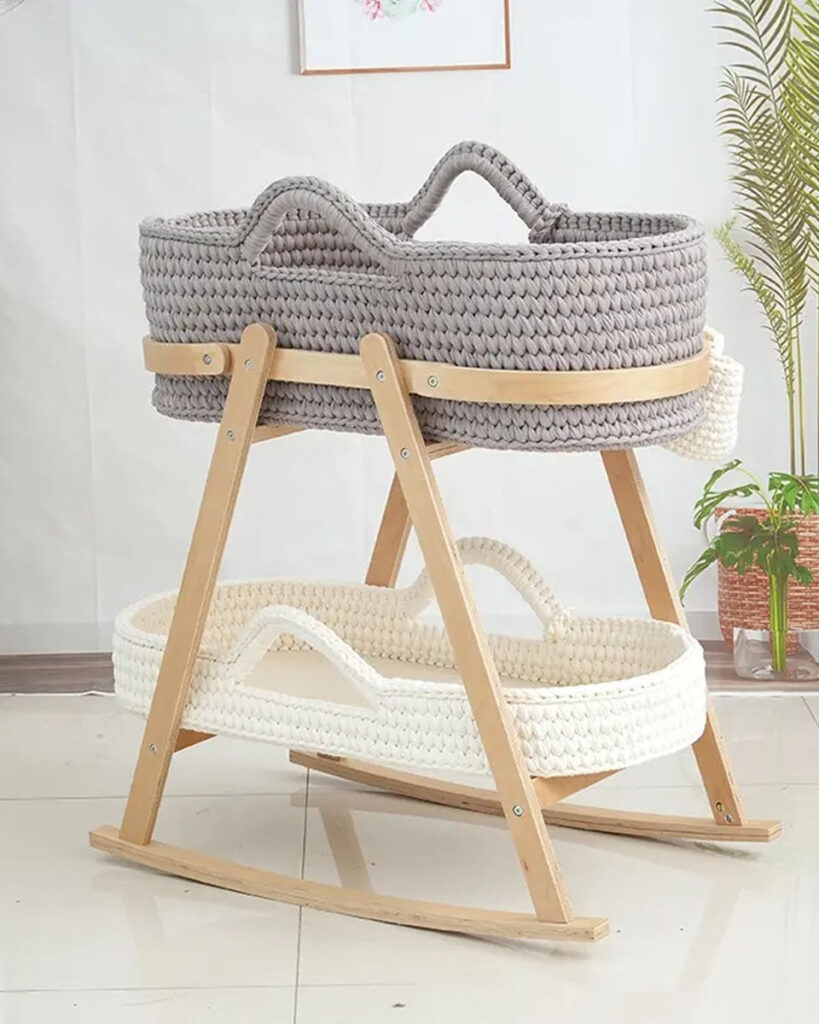
Let’s break it all down so you can decide which option fits your space, routine, and sleep goals best.
What is a Moses basket?
Simple, snug, and easy to move—this is newborn sleep at its most minimal.
A Moses basket is a small, lightweight sleep space for newborns, made from woven materials like palm or maize, used for 0–3 months.
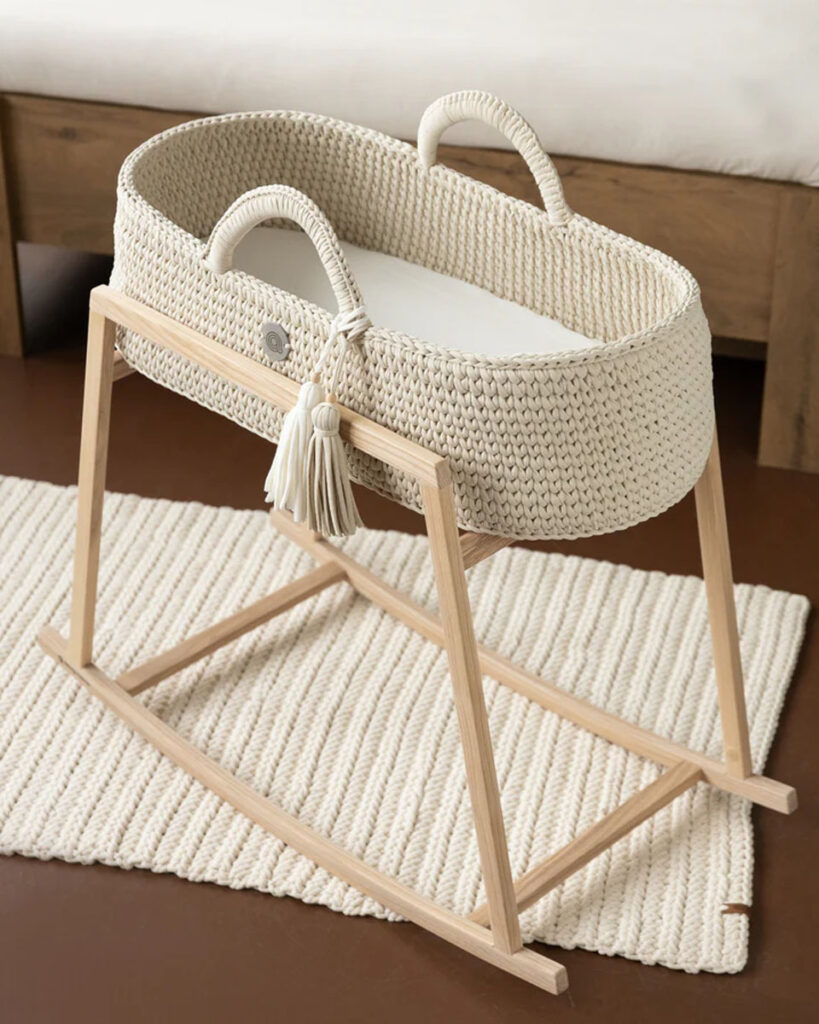
Key features
- Typically handwoven with natural materials
- Firm, flat mattress inside
- Portable with handles (never carry with baby inside)
- Some models come with a wooden or rocking stand
I used a palm Moses basket for my first child—it was perfect for daytime naps and early nights. I could move it from room to room without waking the baby.
| Feature | Moses Basket |
|---|---|
| Portability | Very high |
| Material | Woven (palm, maize, etc.) |
| Use span | 0–3 or 4 months |
| Ventilation | High (open sides) |
| Setup | Often includes optional stand |
What is a bassinet?
Think of it as a step between a Moses basket and a crib.
A bassinet is a structured sleep unit for newborns, usually with a fixed stand, mesh sides, and storage features, designed for up to 4–6 months.
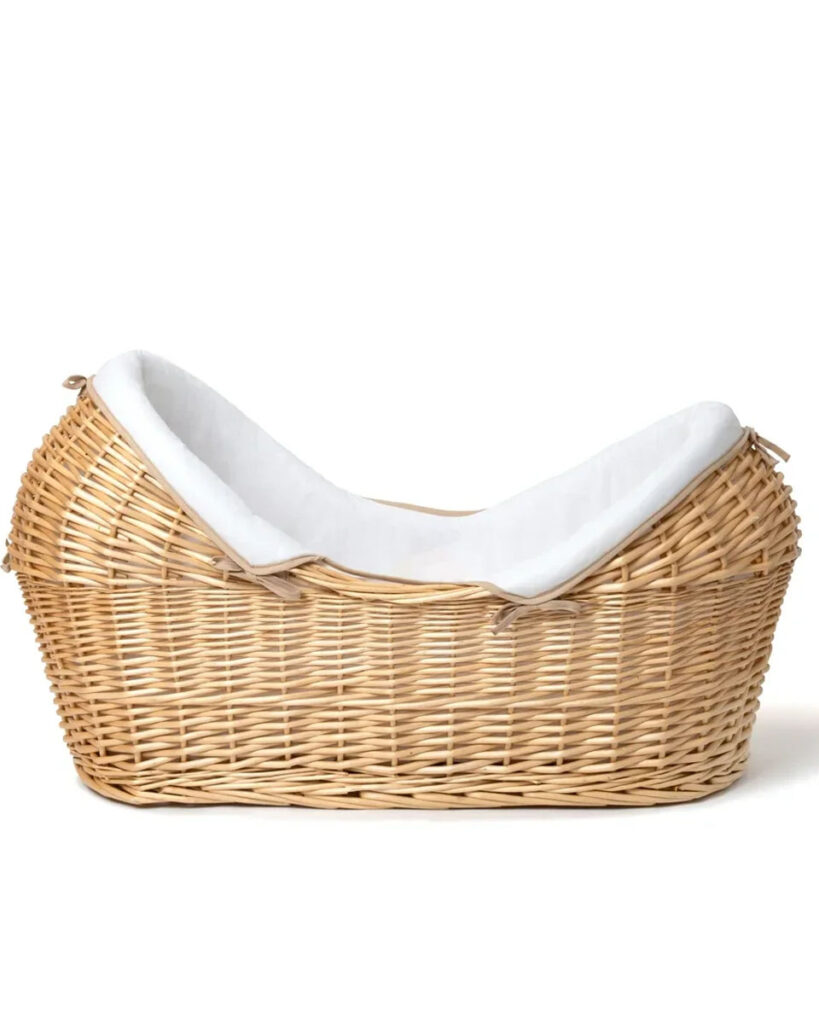
Key features
- Built-in stand or frame, sometimes height-adjustable
- Mesh or fabric sides for airflow and visibility
- Often includes wheels, vibration, or storage baskets
- Larger and heavier than Moses baskets
With my second baby, I used a bassinet that attached to the side of my bed. It was great for night feeds and lasted longer than our basket ever did.
| Feature | Bassinet |
|---|---|
| Portability | Moderate (not handheld) |
| Material | Fabric, mesh, plastic frame |
| Use span | 0–4 to 6 months |
| Ventilation | Moderate to high |
| Setup | Includes stand/frame |
Which is safer: Moses basket or bassinet?
Both can be safe when used correctly—but there are differences in design and stability.
Bassinets are generally more stable and designed to meet broader safety standards, while Moses baskets must be used with care and supervision.

Safety comparison
- Bassinets usually meet official safety standards (like CPSC or ASTM in the US).
- Moses baskets are often handmade and may not meet formal guidelines unless labeled.
Key safety tips for both:
- Use a firm, flat mattress
- Keep the sleep space empty (no toys, pillows, or blankets)
- Always place baby on their back
- Stop use when baby starts rolling or pushing up
Which should you choose?
It depends on your priorities—do you want portability, or longer use?
Choose a Moses basket if you want portability and a natural look. Choose a bassinet if you want more features and slightly longer usage.
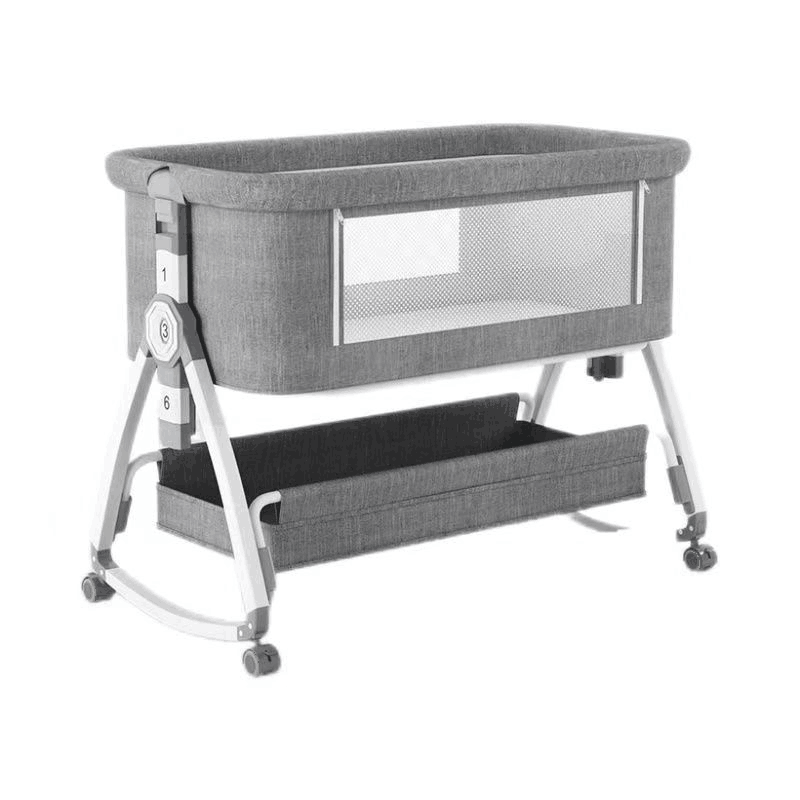
| Factor | Moses Basket | Bassinet |
|---|---|---|
| Portability | ✅ Very portable | ❌ Less portable |
| Natural material | ✅ Usually woven | ❌ Mostly synthetic/fabric |
| Sleep duration | ❌ Short (up to 3–4 mo) | ✅ Longer (up to 6 mo) |
| Storage/features | ❌ Minimal | ✅ Extra storage & features |
| Aesthetic | ✅ Simple, classic | ✅ Modern, tech-friendly |
If you’re in a small apartment or love natural baby gear, the Moses basket is great for the early weeks. But if you want a one-stop sleep setup with more features, the bassinet may be worth the extra space.
Conclusion
Both Moses baskets and bassinets are safe, effective newborn sleep solutions. The best choice depends on how much space you have, how long you want to use it, and how often you need to move it.




